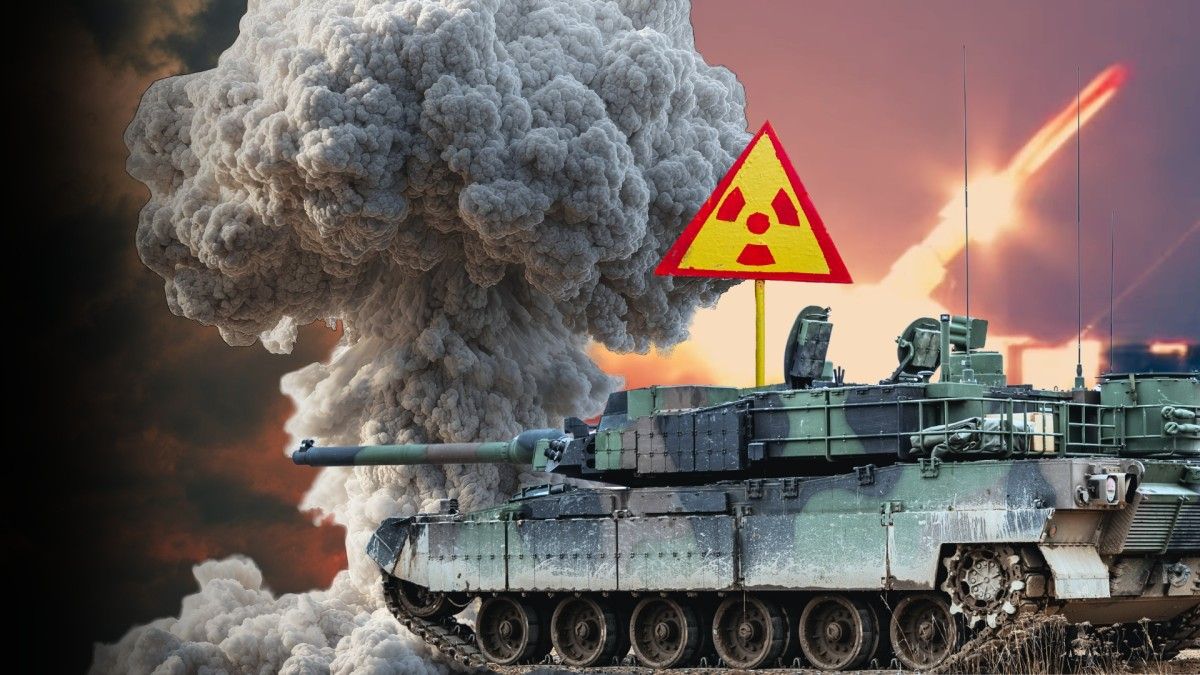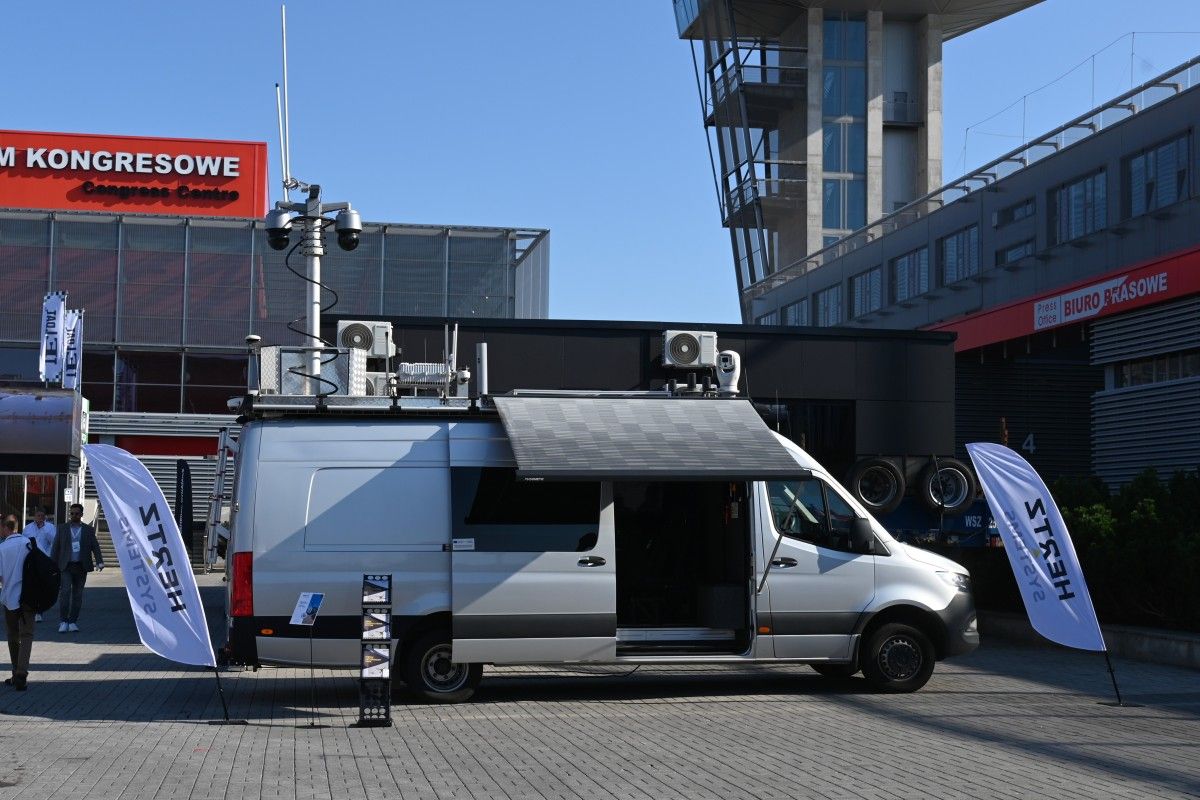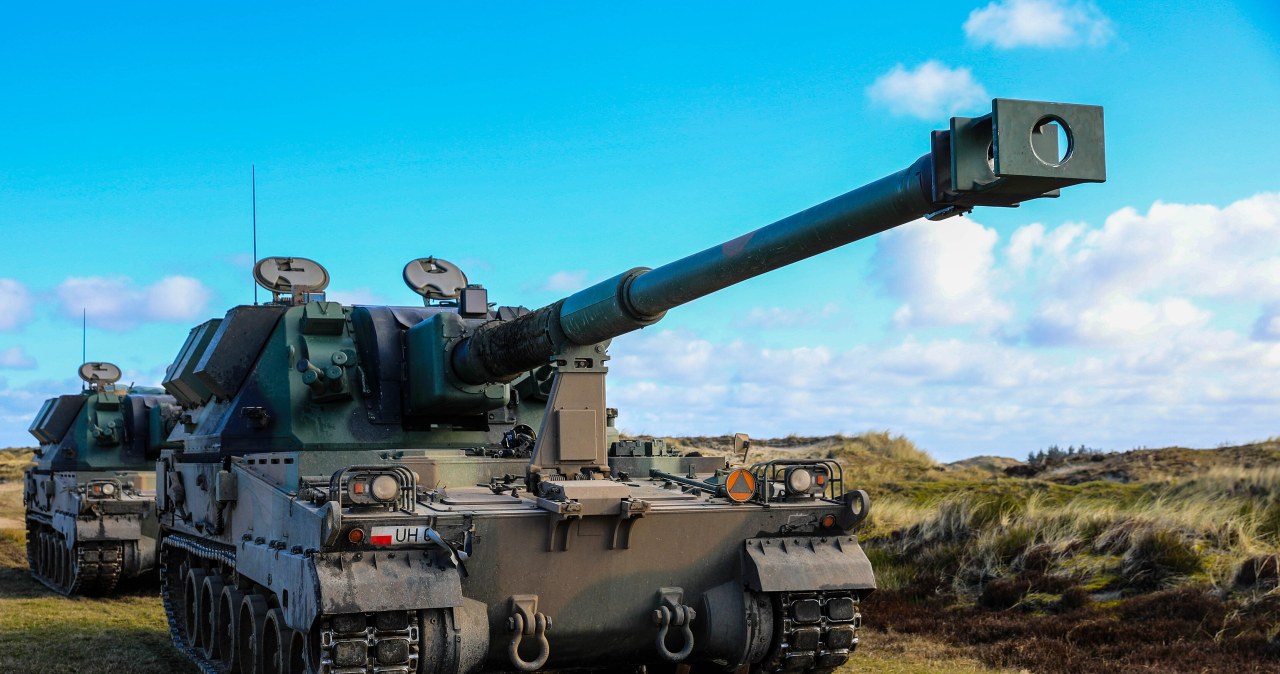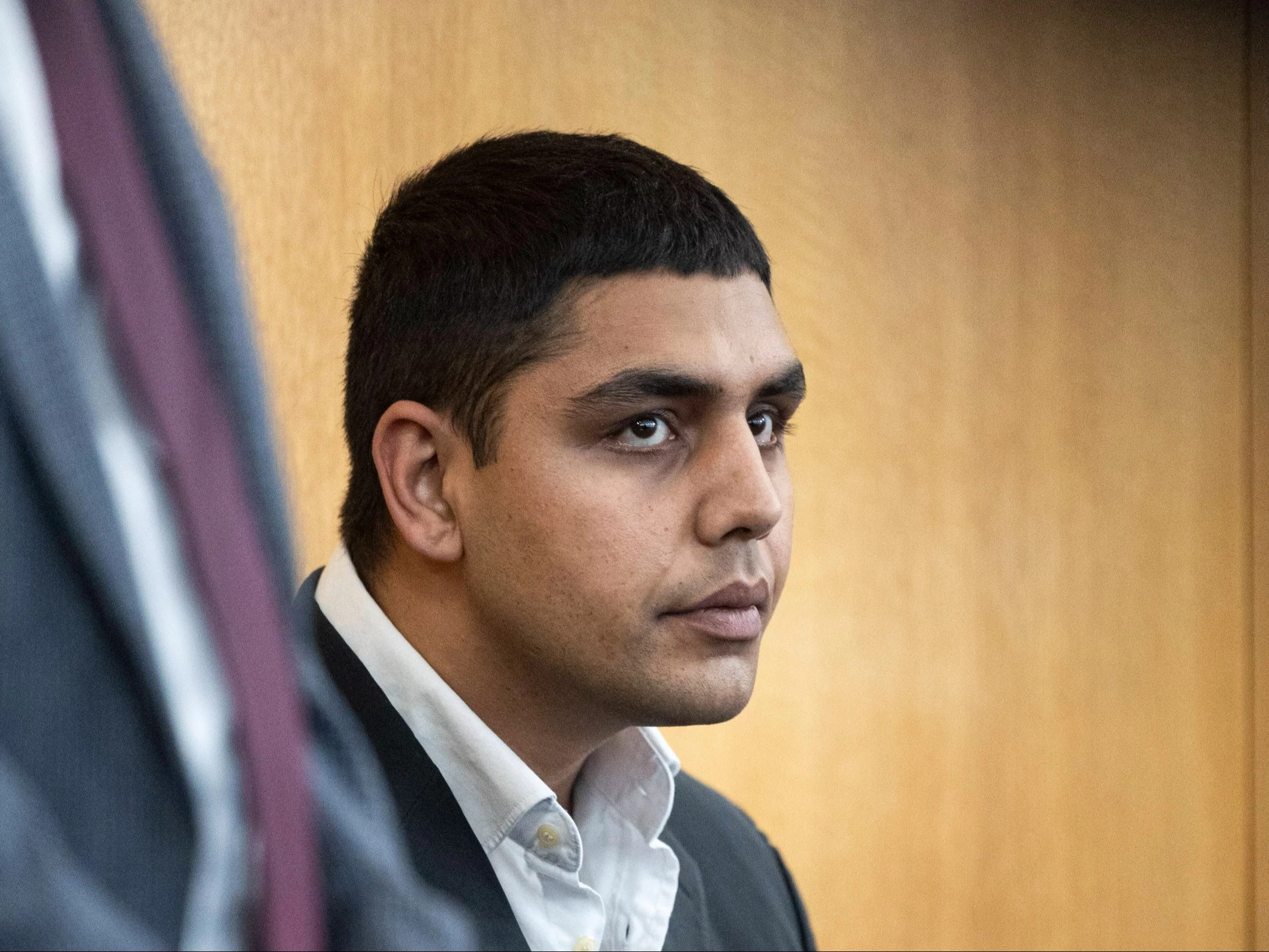There is no specified centre throughout Europe. At the Naval Academy, the Academic Centre for Underwater Technology was launched, which will combine the tasks of a training and investigation facility. It will besides become an crucial component in the Natovian strategy of rescue crews of damaged submarines and military divers.
The 12 m deep swimming pool is equipped with a mobile platform that can be lowered to the bottom. There will besides be a diving bell. – After it is completely submerged to the bottom of the tank there will stay 4 m. The divers will be free to leave the bell and carry out further tasks. Not much, if necessary, will go consecutive from its interior into the decompression chamber – explains kmdr dir. dr hab. Adam Olejnik. The swimming pool is an integral part of the Academic Centre for Underwater Technology (ACTP). The hotel was launched in early September 2024. And as provided by kmdr dir. dr hab. Adam Olejnik, who is at his head, the second specified facility is vain to search throughout Europe.
How the artificial lung breathes
The task took form for 8 years. In 2016, we organized a conference with representatives of the Navy, the Land Army and peculiar forces. All these types of armed forces have divers in their ranks. So we discussed the request to establish a facility that would support their training, but besides did investigation work,” said Dr. Olejnik. The thought was picked up by the Ministry of Defence. – Together with Mr Andrzej Ogrodnik, then head of the Ministry of Defence Inspectorate's rescue unit, we received a task from the Deputy Minister of Defence to make a concept of specified a centre – said Dr. Olejnik.
Eventually, the plan was accepted. Construction of the facility began in 2021. After little than 3 years, the Academic Center for Underwater Technology begins operations. – The centre will be gradually equipped. We will most likely scope full operational readiness in 2027. We have developed a concept of the improvement and operation of the facility approved by MON. The paper became the basis for launching the finance for the start of the construction", the head of the facility emphasizes. Before the ACTP was officially opened, Marine Academy substudents and peculiar Forces divers dived on a 12-meter swimming pool. In the case of subchoracy, this was part of the practices conducted by specialists from the close Centre for the Training of Divers and Plenipers of the Polish Army (OSNiP).
What, then, is going to happen in ACTP? The heart of the facility will be a modern chamber hall, consisting of various types of decompression chambers – residential, transient, therapeutic-evacuation and working room, adapted for partial flooding. They make a unique simulator that allows divers to adjust organisms to stay at advanced depths. During the training cycle, operators will gradually increase the force in its interior and the air will be converted to respiratory mixtures. In this way they will make conditions corresponding to those prevailing from respective twelve to even 300 m below the surface. After the prescribed time, the force will gradually be lowered and divers will be brought to the surface. The basic training cycle will last a minimum of a week, but in utmost cases divers can spend up to 28 days in a simulator.
The heart of the facility will be a modern chamber hall, consisting of various types of decompression chambers – residential, transient, therapeutic-evacuation and working room, adapted for partial flooding.
Meanwhile, 2 another chambers have already been installed in the resort. Modern equipment will enable force to be increased to 200 and 500 m respectively. The first will be utilized to test diving cameras. The devices will be connected to the artificial lungs mimicking the diver's breath. Then the interior itself will be flooded, and specialists will begin observations and analyses.
The second chamber is designed to test the strength of another types of equipment, which divers usage erstwhile working at advanced depths – for example, camera housings or electronics installed on underwater vehicles. – Both chambers have already been utilized in the Department of Underwater Work Technology. They did very well. Now we moved them to a fresh centre – explains kmdr dir. dr hab. Oilseed.
ACTP is simply a swimming pool that, in addition to the diving bell, will shortly besides be enriched with a simulator of a sunk tank or a combat car. The model will be placed on a mobile platform and with the crew lowered to any depth. Thanks to her, soldiers will practice evacuation techniques from the flooded vehicle. This test must be passed by all crew member. Without this, he will not be allowed to cross a river or a canal.
The recently launched facility besides includes labs and laboratories, where scientists will work on models of fresh diving equipment, gas mixtures or innovative solutions in the field of submarines. The center is yet a full-scale medical outpatient with 2 stations with a standard of intensive therapy to safe experiments involving people and to rescue divers. “The assets of the centre could be talked about for a long time. There is 1 thing for sure: we are building a unique and truly multifunctional facility – the head of ACTP emphasizes.
I'm sorry.
Diving is an area where the Naval Academy is getting stronger. We've been taking care of her for over 50 years. As 1 of the fewer centres in NATO we run diving training Sats. In 2017, we launched a fresh specialty for military students – underwater work. This was straight related to the plans to make ACTP. In this way we have implemented 1 of the elements of this concept – explains kmdr rez dr hab. Olejnik. The speciality operates in the direction of mechatronics, with the support of the Centre for the Training of Divers and Plenipotentiaries of the Polish Army. It's the staff from this unit that practices students. During the course of their studies, the subjects are qualified as a junior diver, which entitles them to execute tasks at a depth of 20 m. The younger diver is active in reconnaissance, and he can besides do underwater engineering. But that's not all. Graduates of specialty related to underwater work besides have the powers of the dive manager, decompression chamber operator and submarine vehicles, can yet make respiratory mixtures.
The facility includes labs and laboratories where scientists will work on models of fresh diving equipment, gas mixtures, and innovative solutions in the field of underwater vehicles.
This was the way, among others, of Mat Aleksander Brągoszewski. He is presently taking part in practices organised between the 3rd and 4th years of studies. The first part was led by instructors from OSNiP, the second part was by specialists from the Division of 3 Fleet Support Ships in Gdynia. We are talking a fewer moments after he returns to port on board the ORP rescue ship “Piast”. – This time we did not dive, but earlier I had the chance to do it besides in the Baltic. The candidate for a younger diver must spend a certain number of hours underwater and, above all, score depths. In another words, at least 2 feet under water. And that is impossible to do at the pool – explains St. Mat Brągoszewski.
This phase of learning is over. – The course for the younger diver was divided into 2 parts. The first concerns diving in autonomous equipment. We learned this after the first year. After the second, we had classes in wired equipment. Later, the cognition gained is verified. I managed to pass it successfully, I am a younger diver – he says. A fewer days ago St. mat Brągoszewski besides completed the course for diving manager, and now he is gaining the privileges of the chamber operator. “After college, I would like to become a rescue diver in the Support Ship Squadron,” she says. but getting a junior diver's qualifications is just an introduction.
– The next phase is the course for the diver of the selected specialty: miner, engineering diver or rescue diver. Then you can inactive gain a elder diver degree, according to kmdr ppor. Michał Drabarczyk, spokesperson and teacher at the Centre for the Training of Polish Army Divers and Plenipotentiaries. A long road, however, which thanks to the specialty launched by AMW was importantly shortened. – Those who complete it are prepared to take the first positions in diving units. They don't start from scratch. In this way, we reduced the training time of the military specialist by 5 years – emphasised Dr. Olejnik. A lot about this can be said by Lt. Lukasz Sokół, 1 of the first graduates of the specialization of underwater work. – 2 years ago, I went to... OSNiP u and already a fewer days later, I started training for junior divers. shortly I besides led my first course as an instructor," the officer recalls and adds: "If anyone wants to seriously dive, it is hard to imagine a better way for him than studying at AMW. We had classes with professionals who gained experience both in the military and in civilians. We acquired quite a few theoretical cognition by writing engineering and master’s thesis, as well as articles for technological journals. And most of all we dived – in OSNiP pools, in the Baltic Sea... And now the podchoracies will decision from the old facilities of the Department of Underwater Work Technology to a fresh place. The launch of the Academic Centre for Underwater Technologies will open up opportunities for them, which the erstwhile vintages could have dreamed of – he concludes. Meanwhile, the fresh centre will not only service the subjects and scientists. Its functions will be much wider.
In the Natian network
– Imagine the situation. peculiar Forces Operation. A high-altitude flight, a jump and a touchdown, soldiers go under the water, execute a diversion task, surface, fly away. advanced speed, fast changes in pressure, the body needs to prepare for all this. And that can be done right here. For example, thanks to the hyperbaric complex, which allows force to be increased, and the hypobaric chamber, where the force will be lowered to a state that prevails advanced above the surface of the earth – explains kmdr dir. dr hab. Olejnik. “We will be installing cryochambers in which the body can be utilized to low temperatures soon,” she says.
The peculiar forces have already practiced at the facility. AMW employees presume that they will shortly be joined by sailors. The facility may be useful for even divers who belong to crews of rescue ships. We have 4 units in the Navy. Anyone can usage a diving bell. Divers can practice utilizing it without going out to sea. This will reduce the training costs," stressed the head of ACTP. The hotel may besides be useful to the already mentioned tankers.
The fresh facility is intended to aid increase operational capacity besides in the technological dimension. And this is not just about investigation by scientists. In July of that year, the world's second autonomous service center of Gavia vehicles was launched at the centre. tiny underwater devices are primarily utilized to search for mines, but can besides be utilized to monitor the infrastructure that is on the seabed. The Polish navy has 4 Gavies at its disposal. These are utilized by crews of Kormoran II mine destroyers and 12 and 13 trawlers. However, the number of vehicles will increase soon. Eventually, the Navy wants a twelve of them.
The repair and service of the equipment has for years been carried out by Gdynia Enamor – a partner of the manufacturer, the Icelandic company Teledyne. Until now, however, only part of the work could be done in Poland. In order to accomplish the full scope of them, devices had to be sent to Iceland. This changed after the launch of the certified service center in ACTP. “We have excellent method facilities there,” says Jakub Przystalski of Enamor, calculating the infrastructure elements, specified as a pool with lower bottom or cranes to lift vehicles.
Finally, the facility launched by AMW will become an crucial link in the Natovian chain of institutions that supply assistance to crews of damaged submarines. – Imagine that a unit flying the flag of any Alliance state will endure a breakdown on the Baltic and then settle down. If the sailors get off the deck and come to the surface besides quickly, they will be threatened with decompression disease. In the fight for their lives, all minute can prove decisive. They must rapidly scope the decompression chamber on the ship and from there to a specialized facility. And our facility will offer them, among others, a healing and evacuation chamber, which can be combined with a heart [mobile hyperbaric chamber] and uncollisedly relocate the victims, and besides a modern infirmary – explains kmdr dir. dr hab. Oilseed.
Meanwhile, abroad technological institutions are already beginning to be curious in the fresh centre. “The Swedes and Romanians have expressed their willingness to cooperate. This, of course, is only an first phase. For now, we focus on retrofitting the facility – admits the head of ACTP. 1 thing's for sure: starting a fresh facility is simply a sign that Over a century old Naval Academy It inactive has crucial improvement potential.











